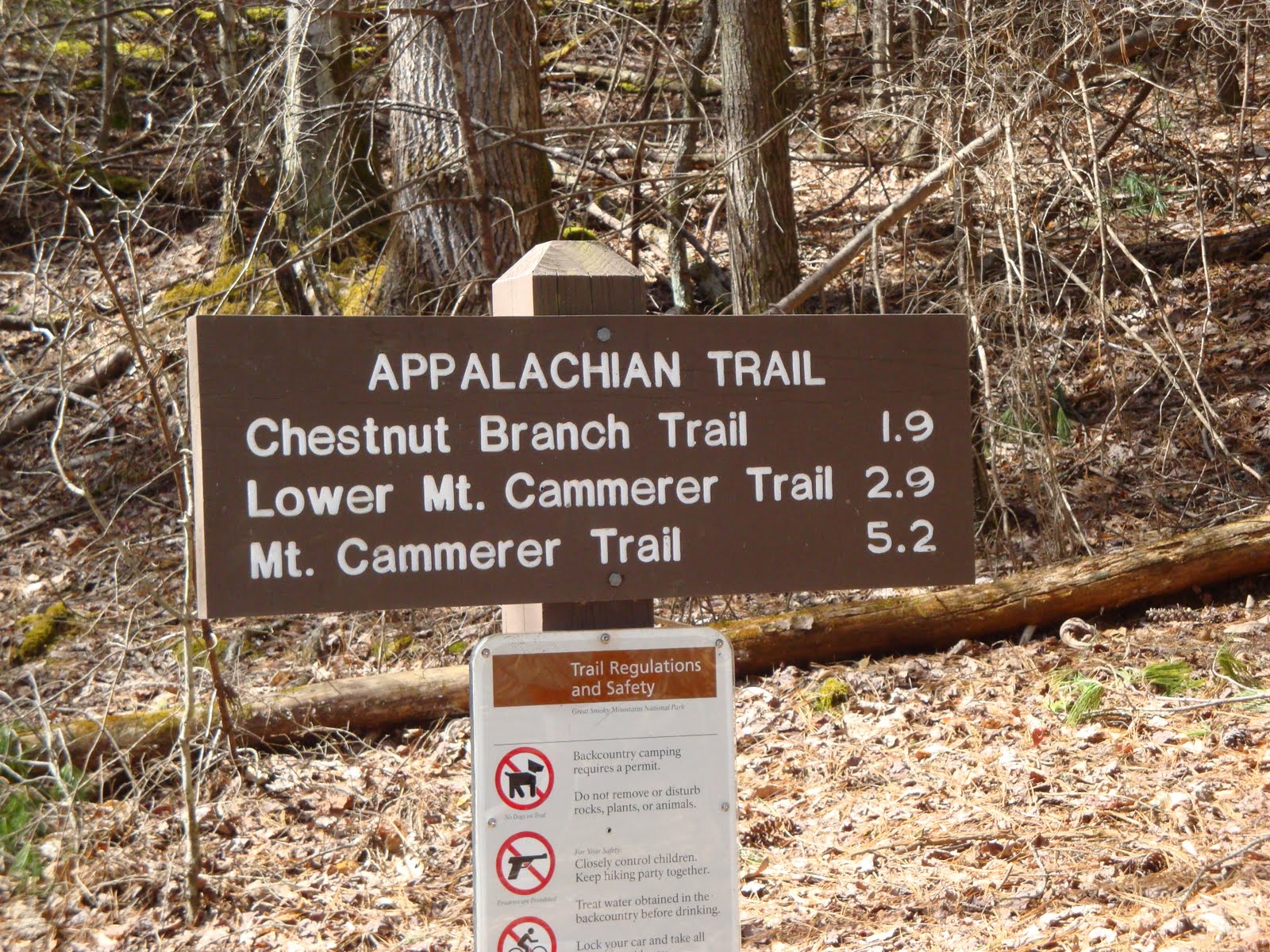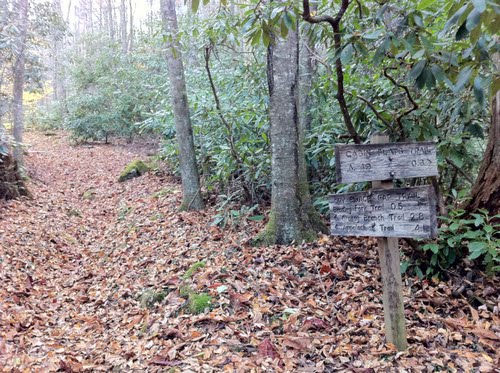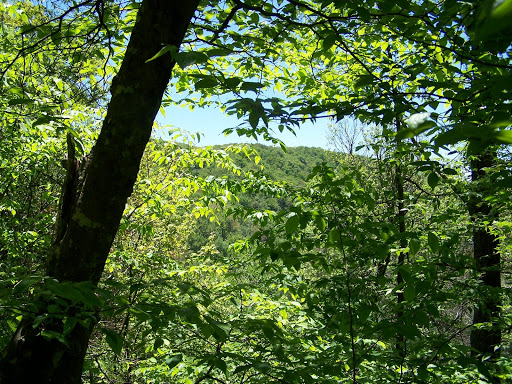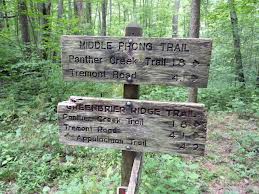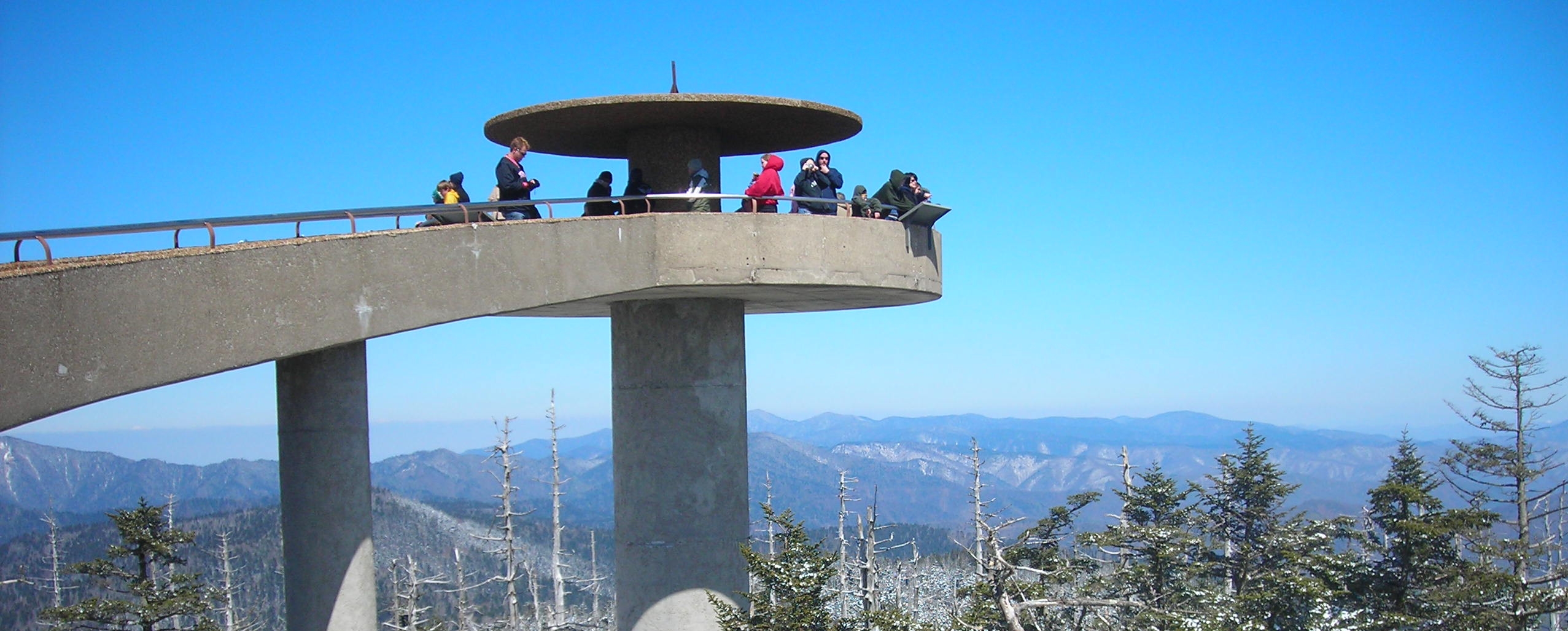Trying to get to Gregory Bald in the Great Smoky Mountains National Park? One way to do just that is take the 5 mile Gregory Ridge Trail from Forge Creek Road to its intersection with the Gregory Bald Trail at Rich Gap.
To get there, travel to the Cades Cove Visitor Center and take Forge Creek Road till you reach the end. Here you will find one of several trails up to Gregory’s Bald. The hike features Gregory’s Bald, virgin forest with huge tulip trees, flame azaleas and the highly used backcountry campsite No. 13. Gregory’s Bald is one of the high mountain meadows where Cades Cove farmers took their cattle to escape summer heat and flies. Gregory Ridge trail will take seven or eight hours to complete, so be prepared for an arduous hike should you choose it. It may be the most arduous hike in Cades Cove.
Gregory Ridge Trail is a good choice if you want your hike’s destination to have a good view of Cades Cove. So many Smokies visitors hike up the Gregory’s Ridge trail for that reason, that it is one of the most popular trails in the Great Smoky Mountain National Park. The trail winds through some of the best of GSMNP, delightful old growth forest and azalea covered Gregory’s Bald. In azalea season the experience of Gregory’s bald is unmatched, for it is ablaze with breathtaking masses of orange and wine colored blooms, but in the days of old, Cades Cove farmers used to graze their cattle on Gregory’s bald, cattle being one of their best cash crops.
To get to the Gregory Ridge trailhead, turn right out of the Cable Mill area parking lot and proceed to Parson Branch road. The parking area marked Gregory Ridge Trail is about five miles down at Sam’s Gap. Gregory Ridge trail is one of Cades Cove’s most strenuous climbs being four and a half miles up the mountain, but it is well worth the effort.
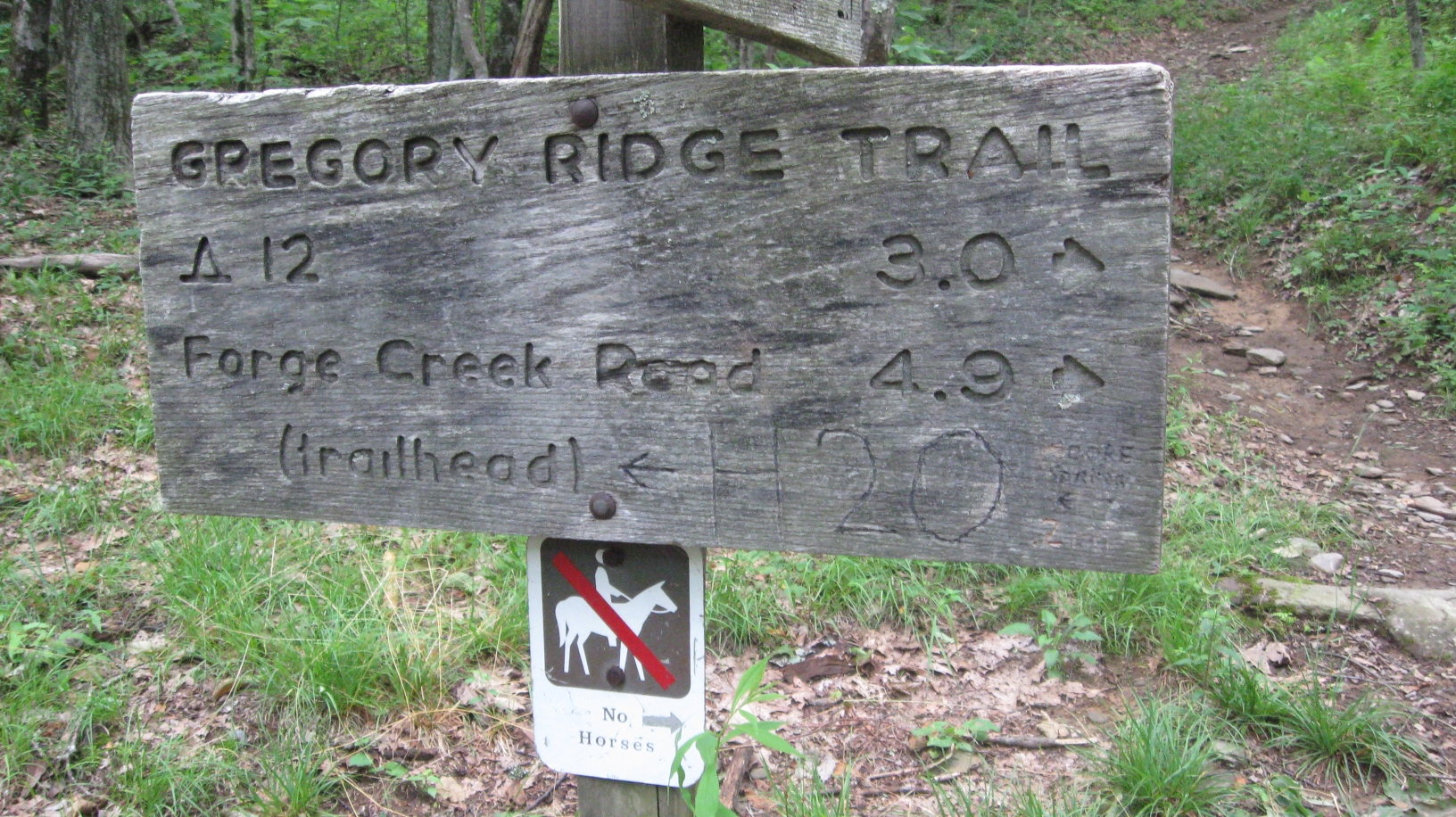
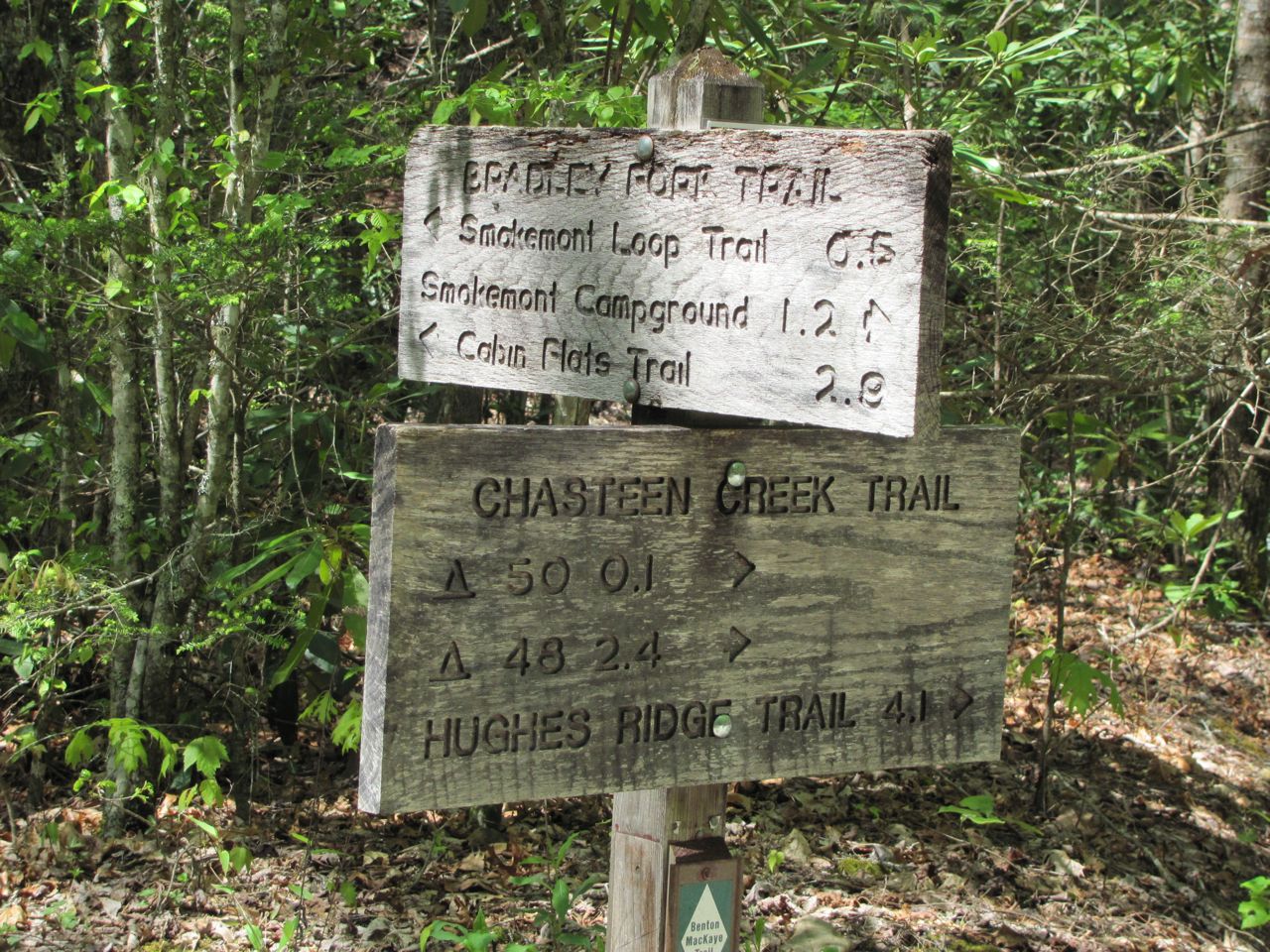
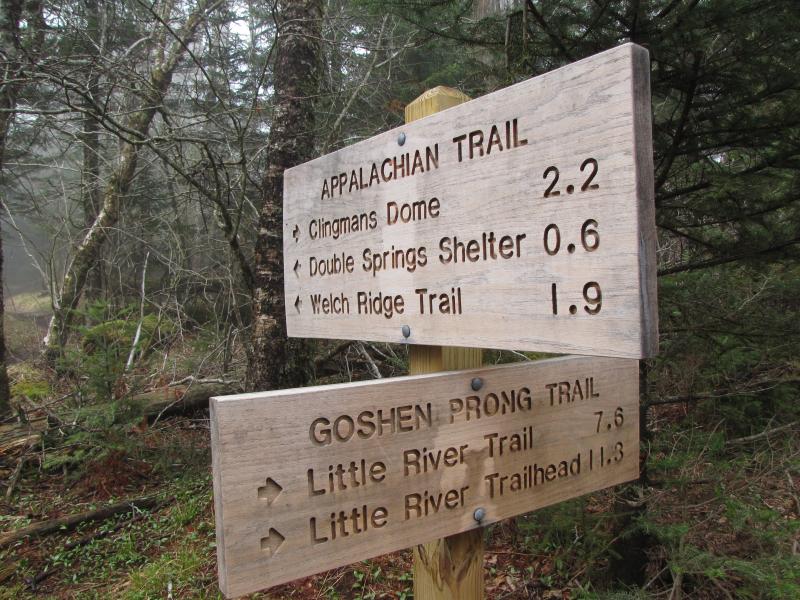
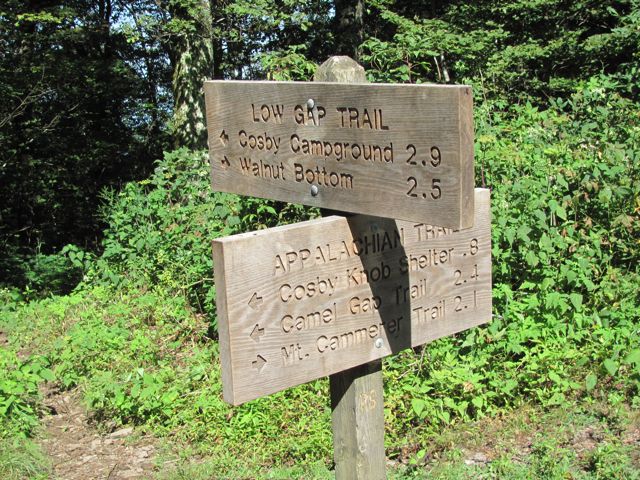
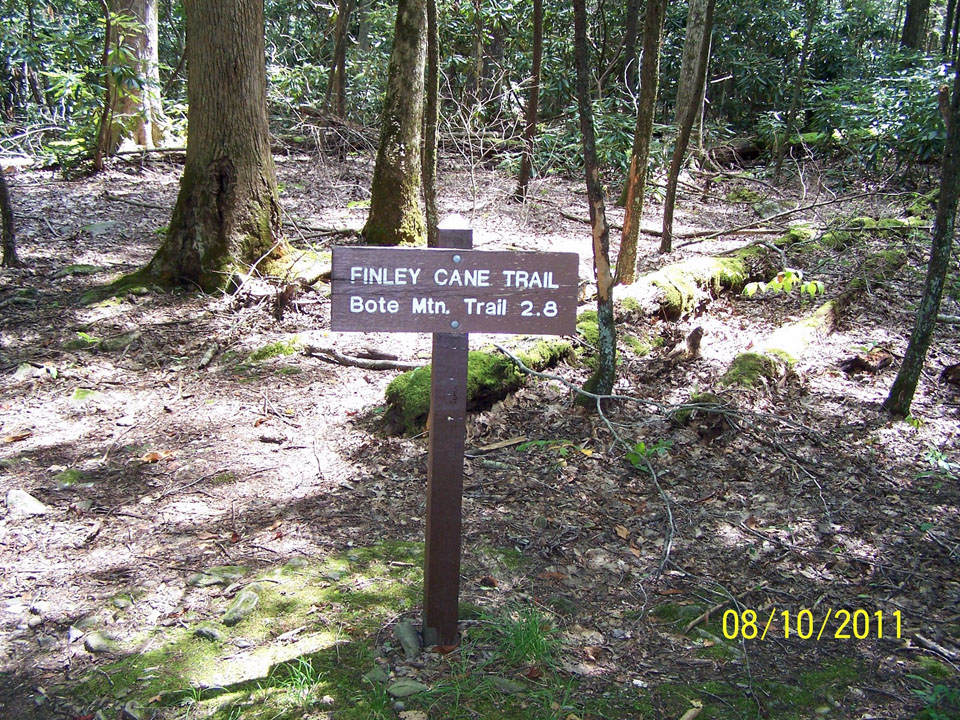

 Continuing on, the trail can be rather muddy at times before you cross another small spring branch and then begin the ascent up Bote Mountain. Rhododendron are especially prevalent here as well as other points on the trail as you’ll surely notice.
Continuing on, the trail can be rather muddy at times before you cross another small spring branch and then begin the ascent up Bote Mountain. Rhododendron are especially prevalent here as well as other points on the trail as you’ll surely notice.
